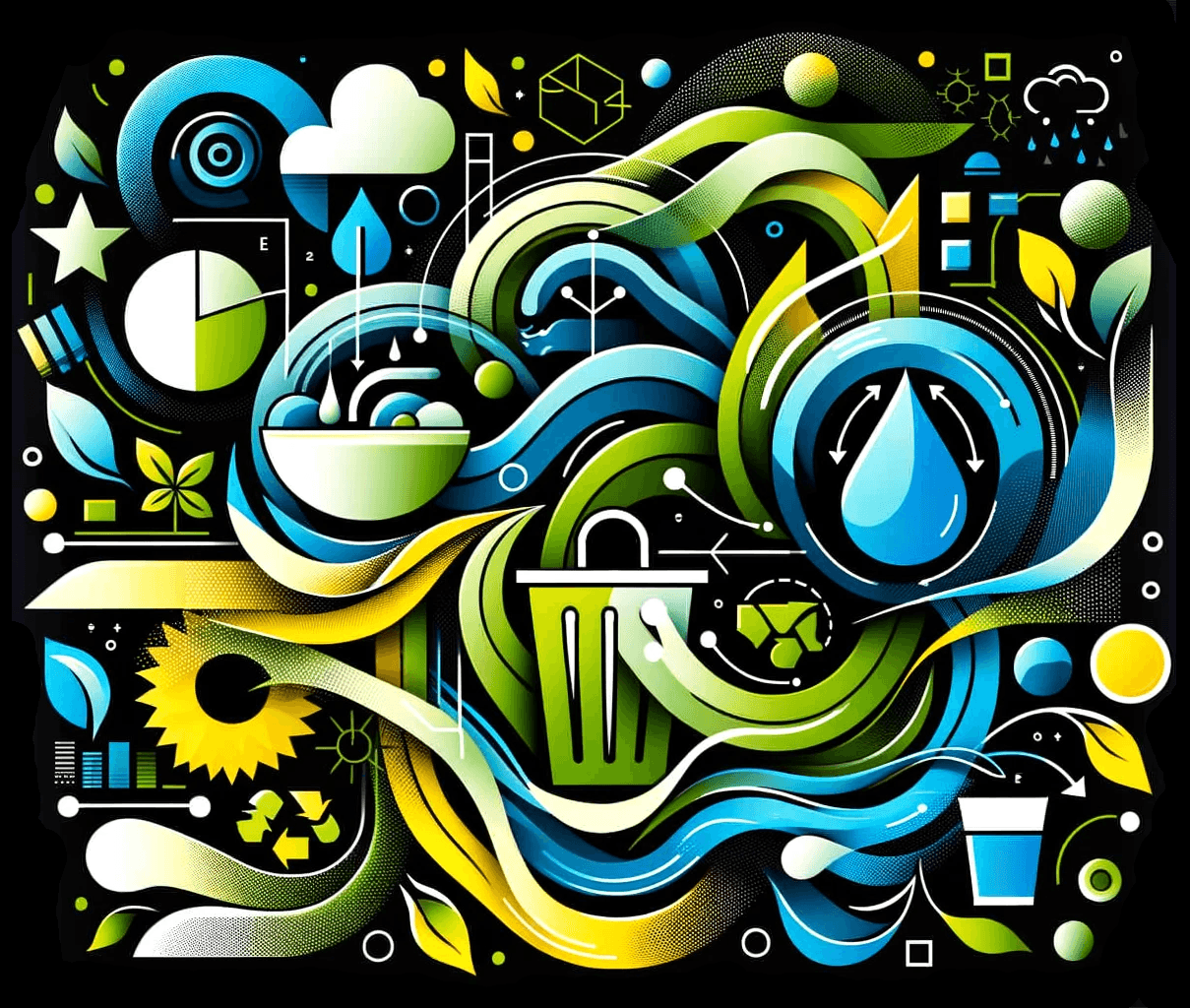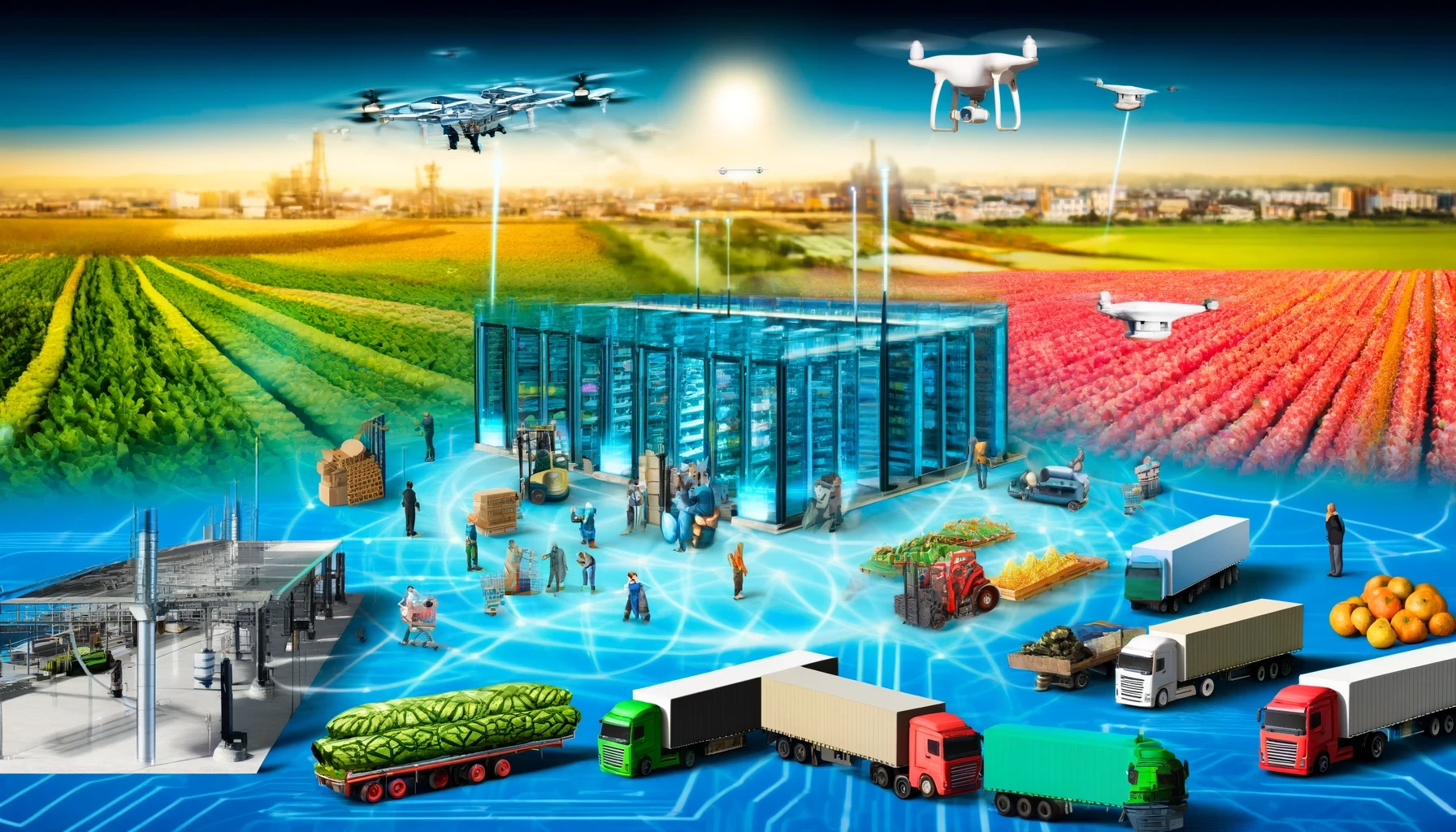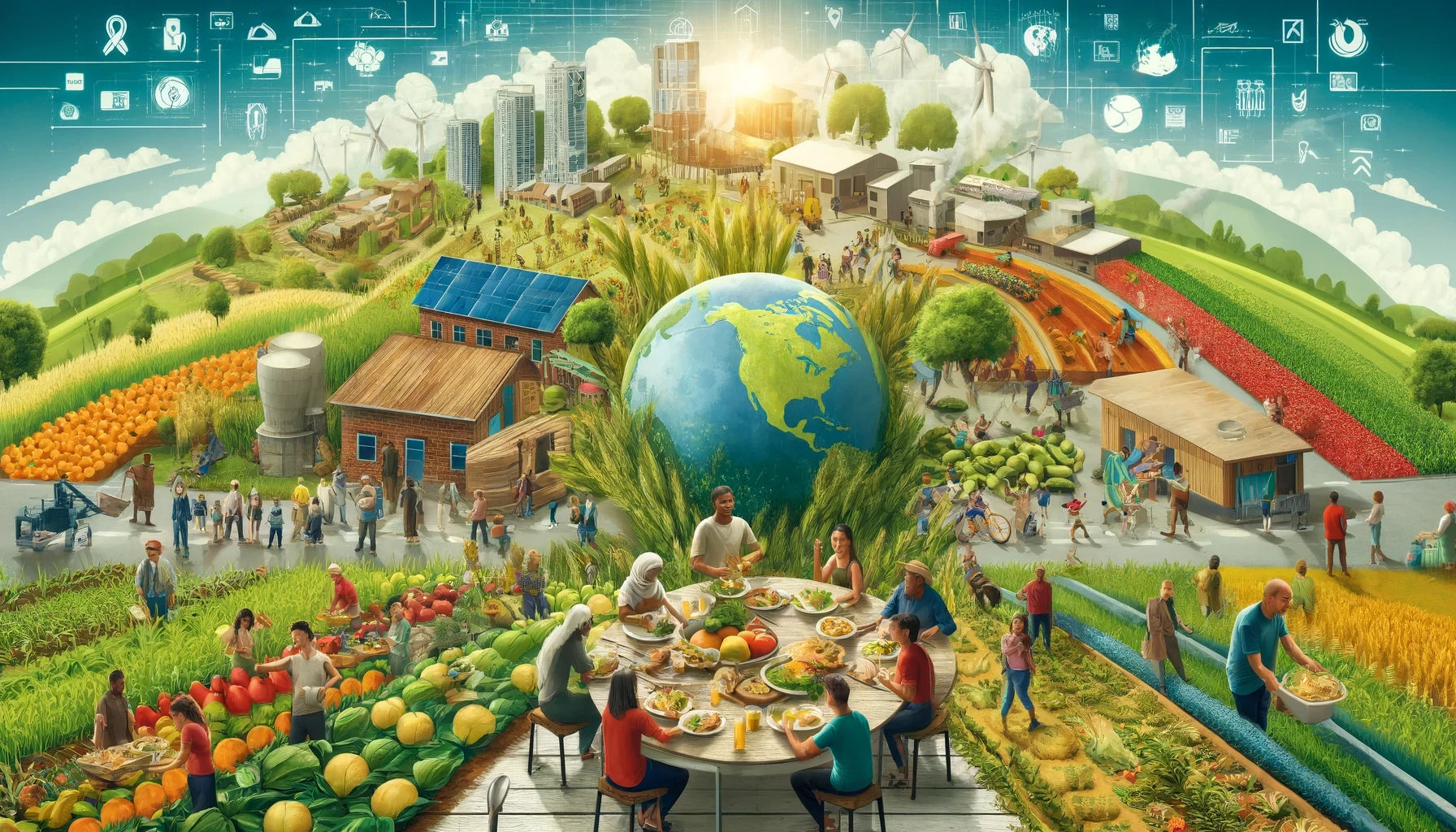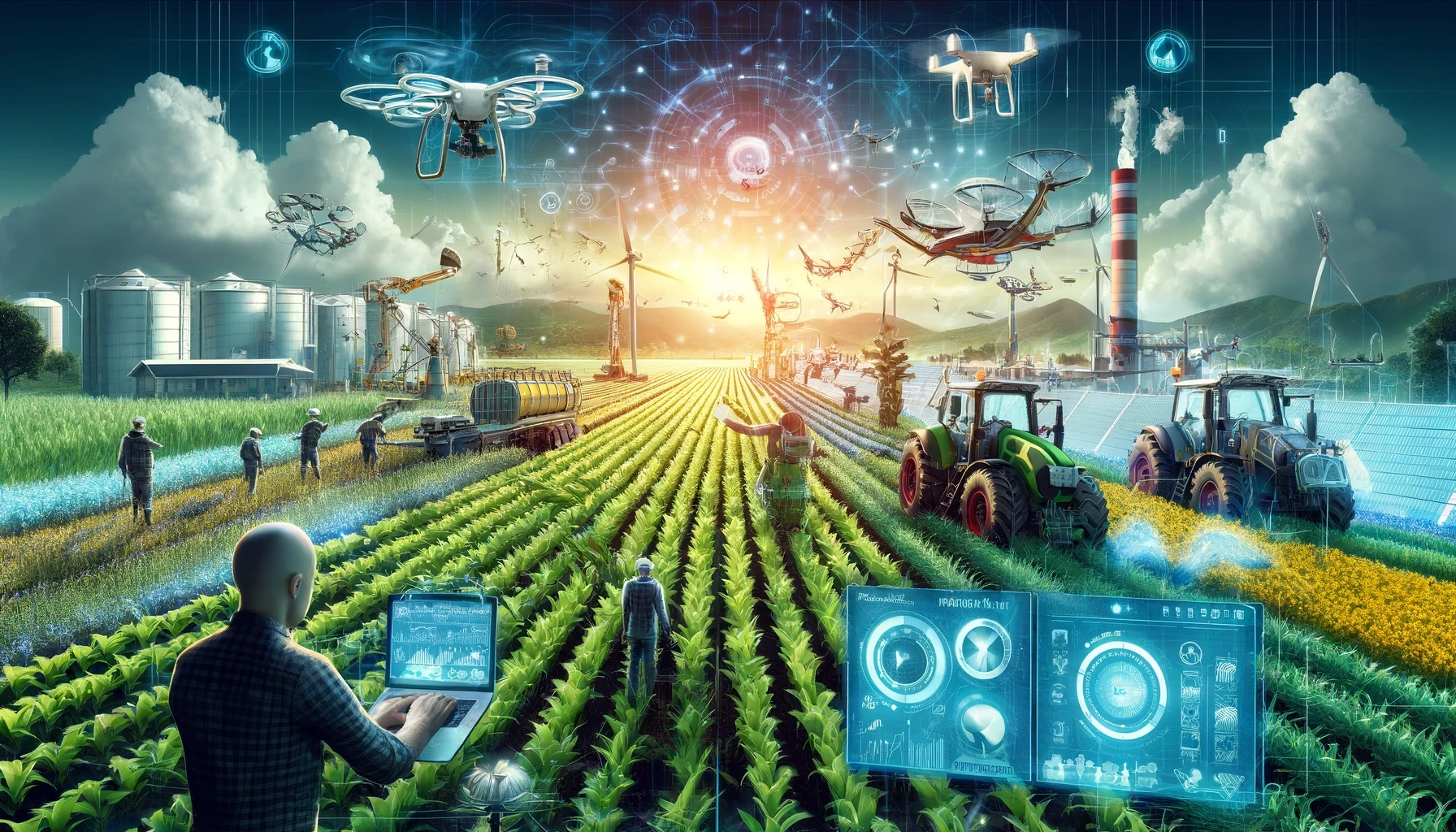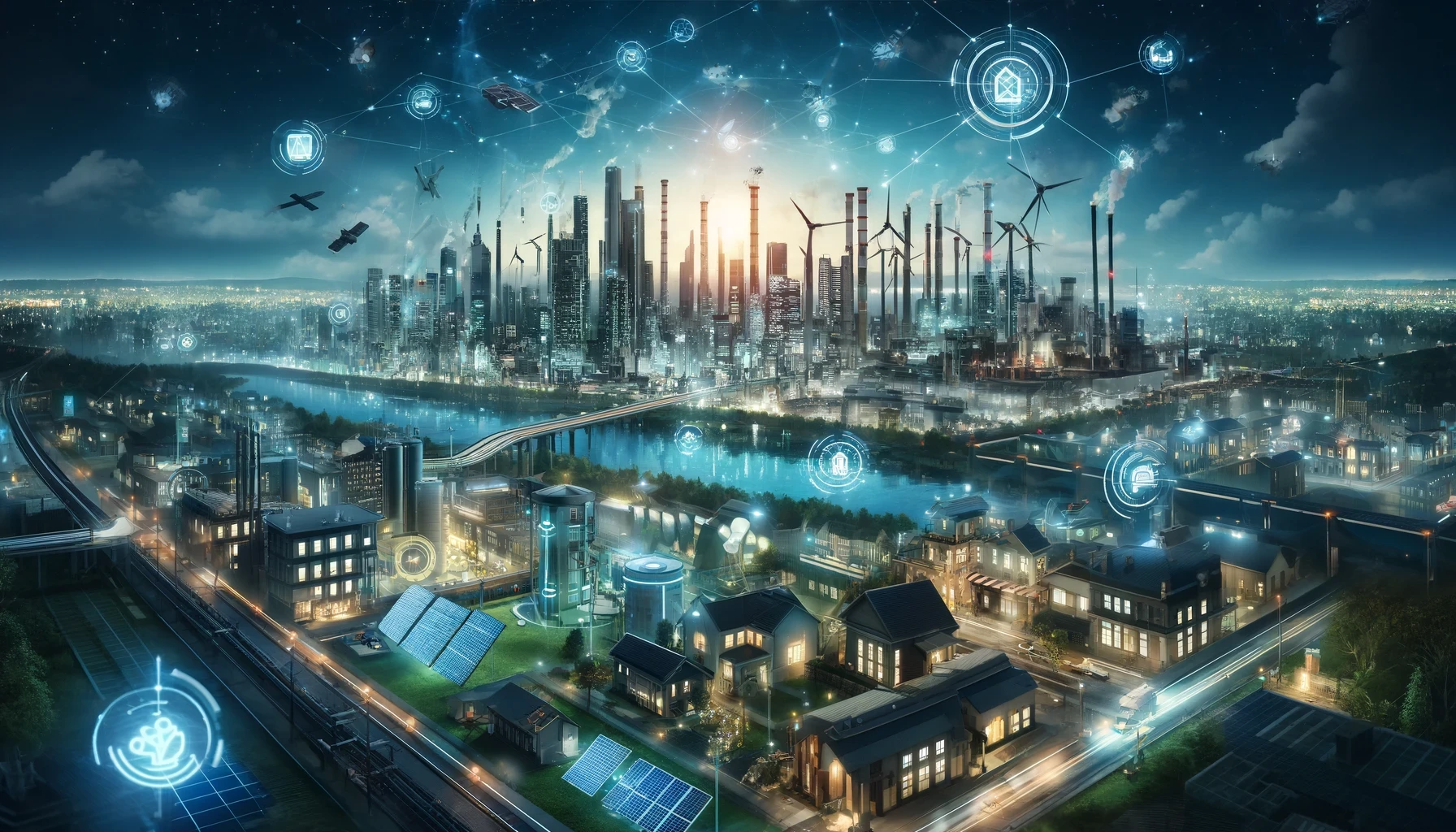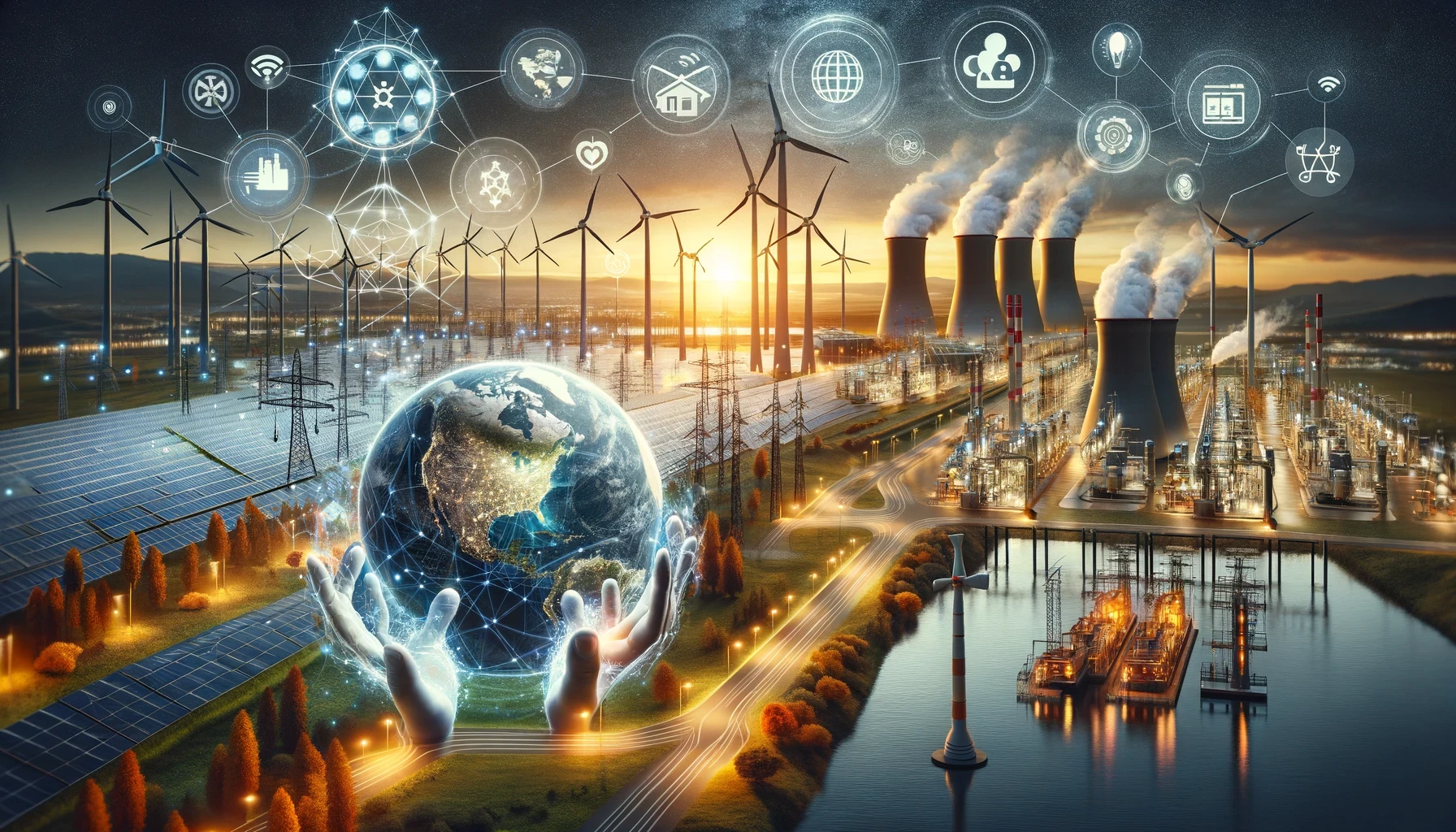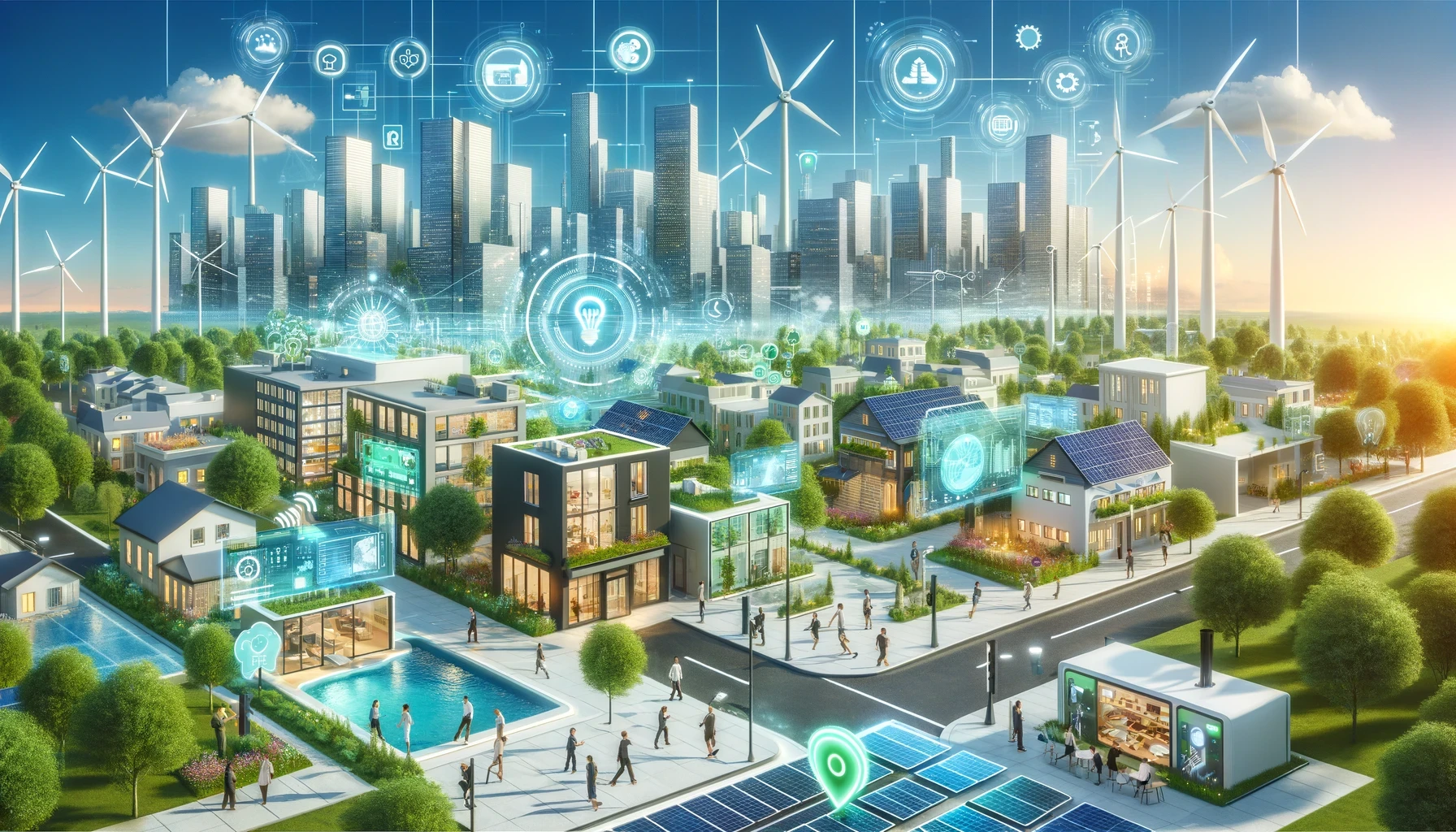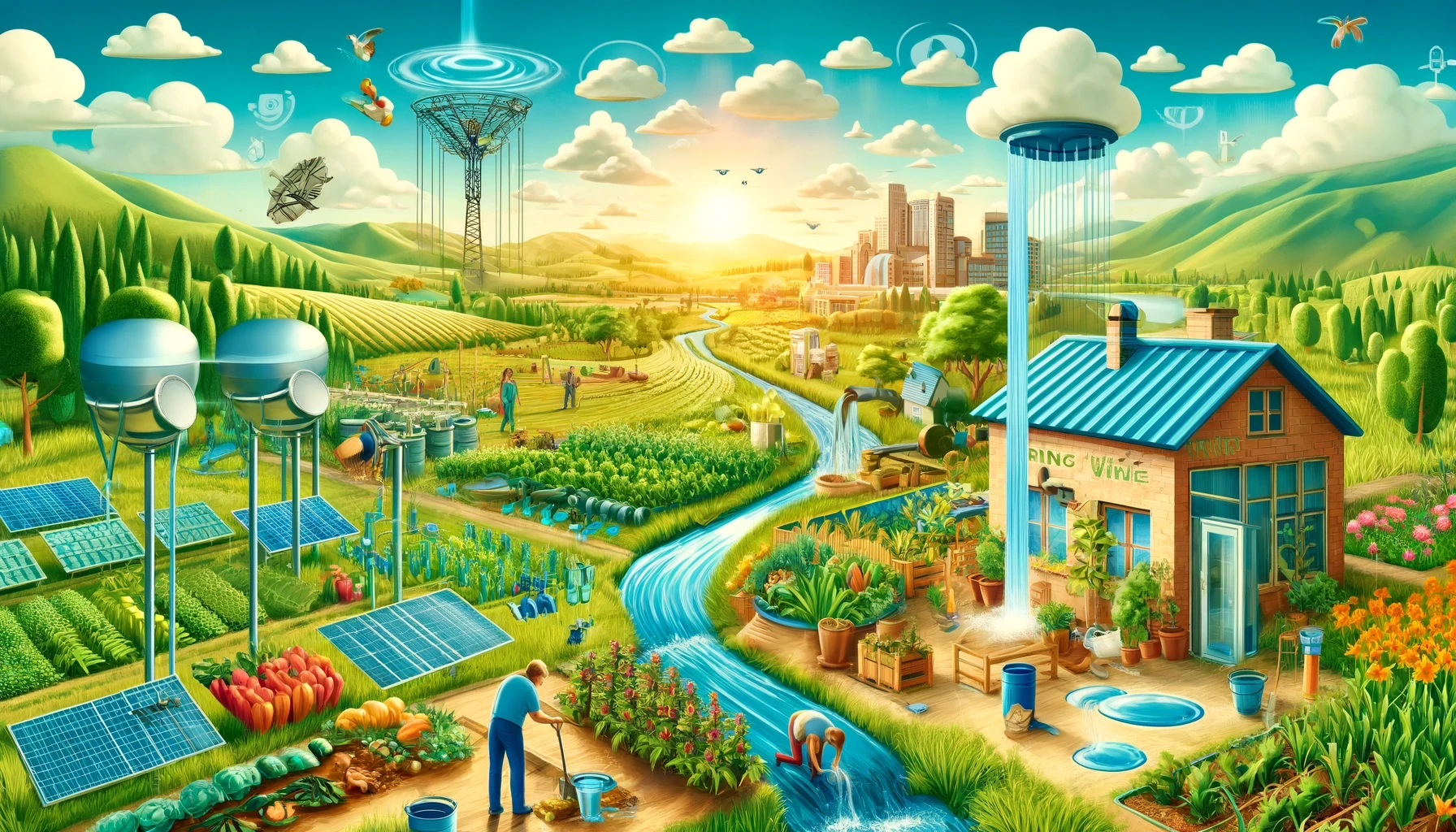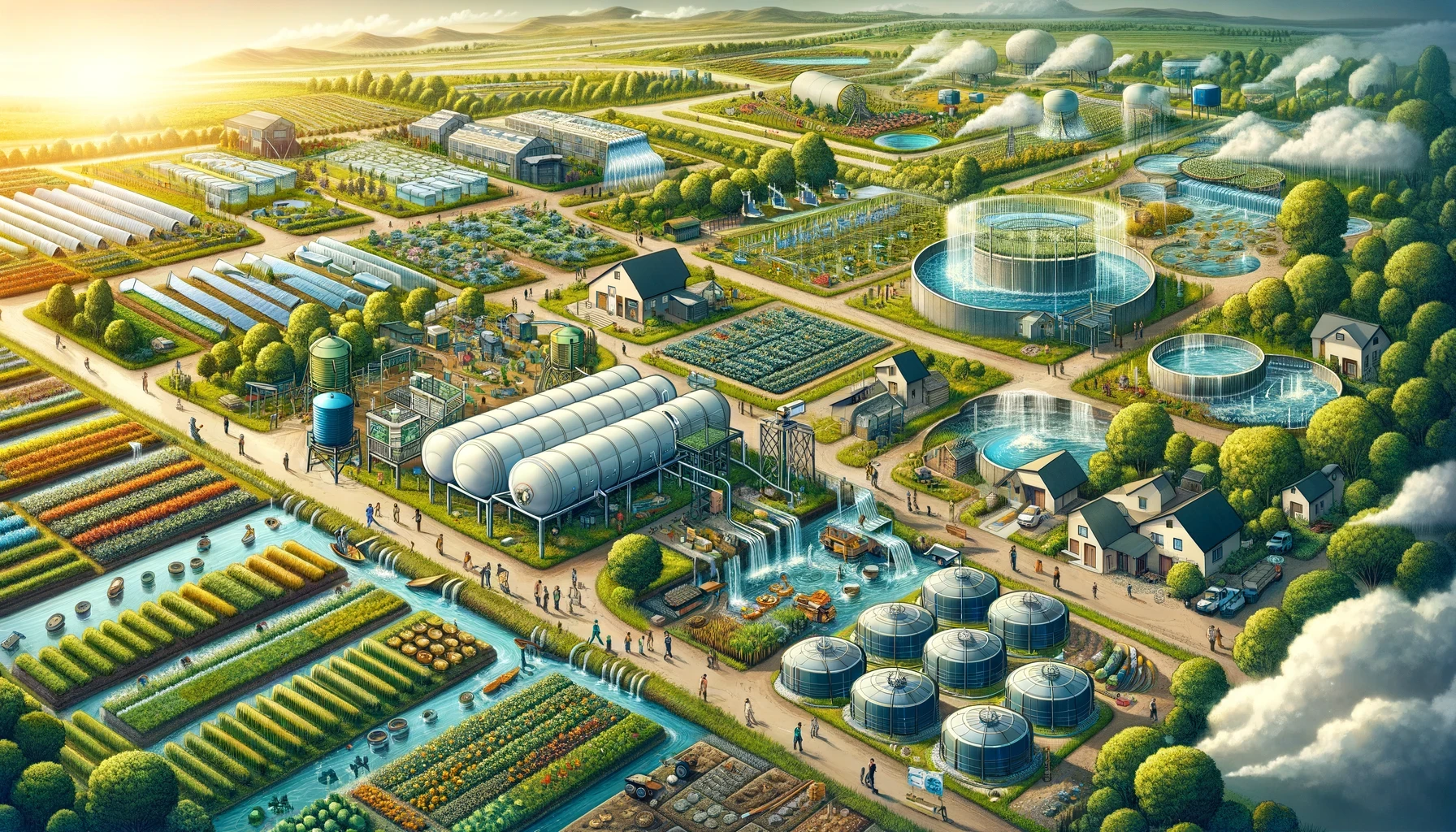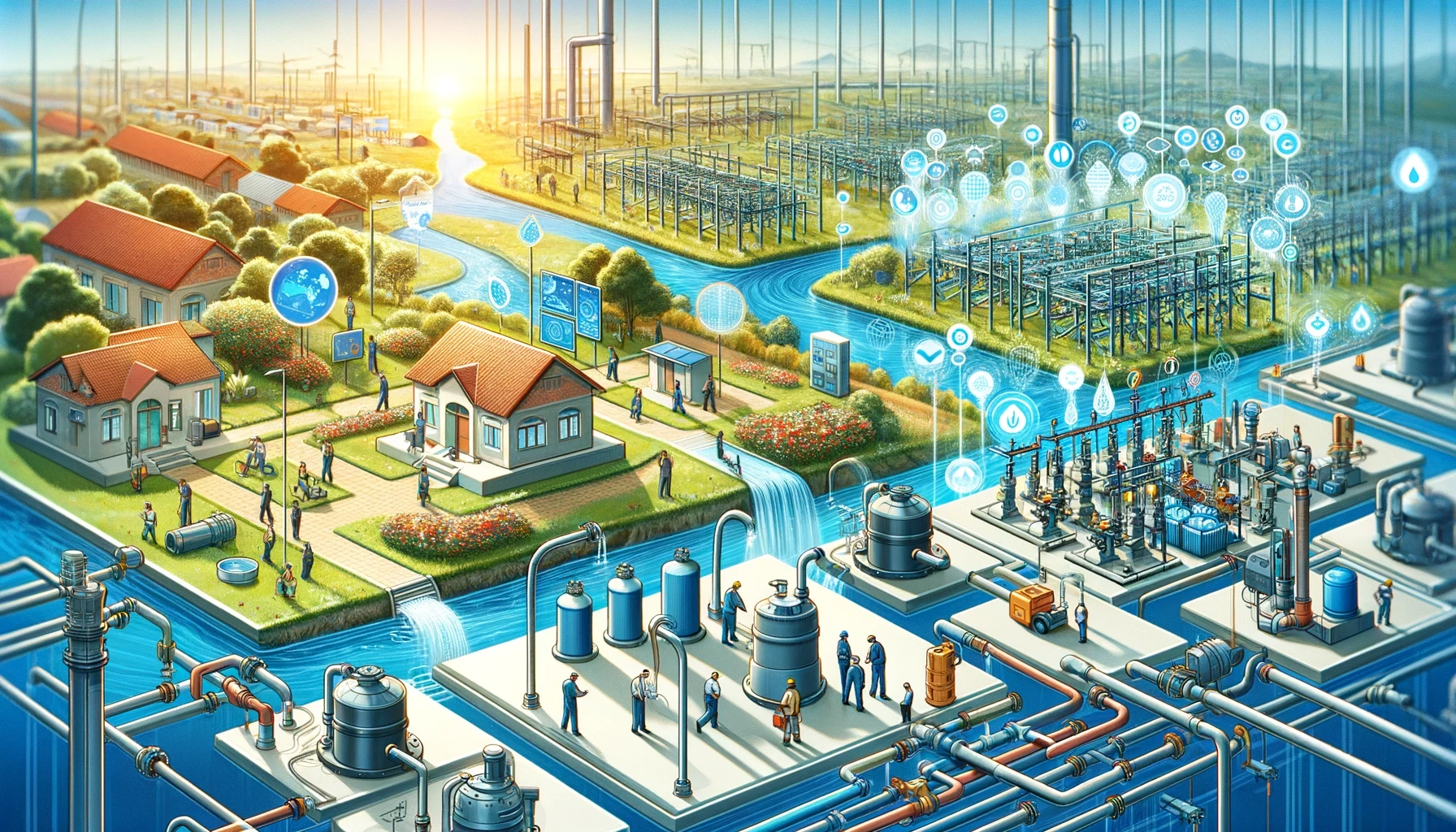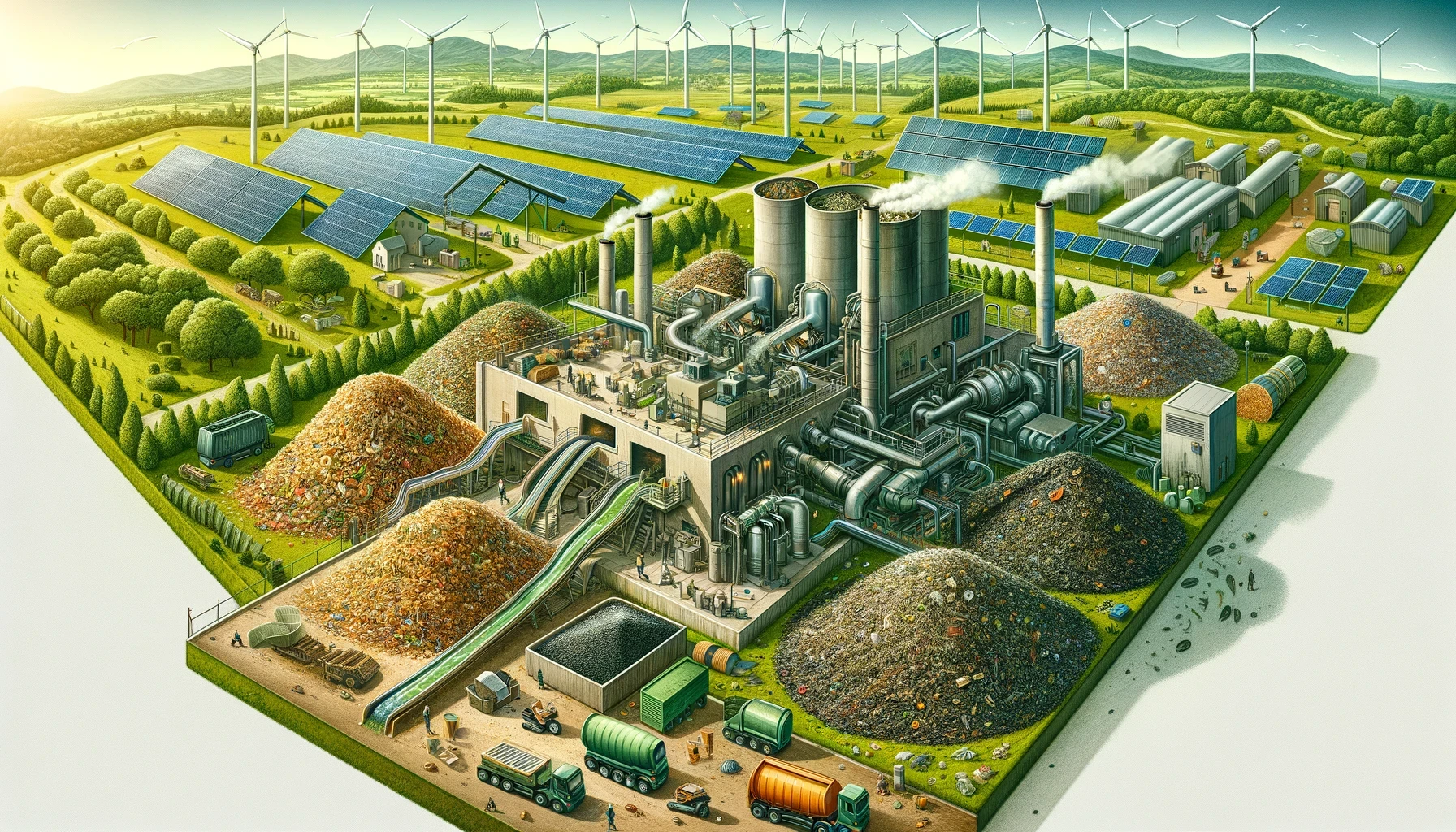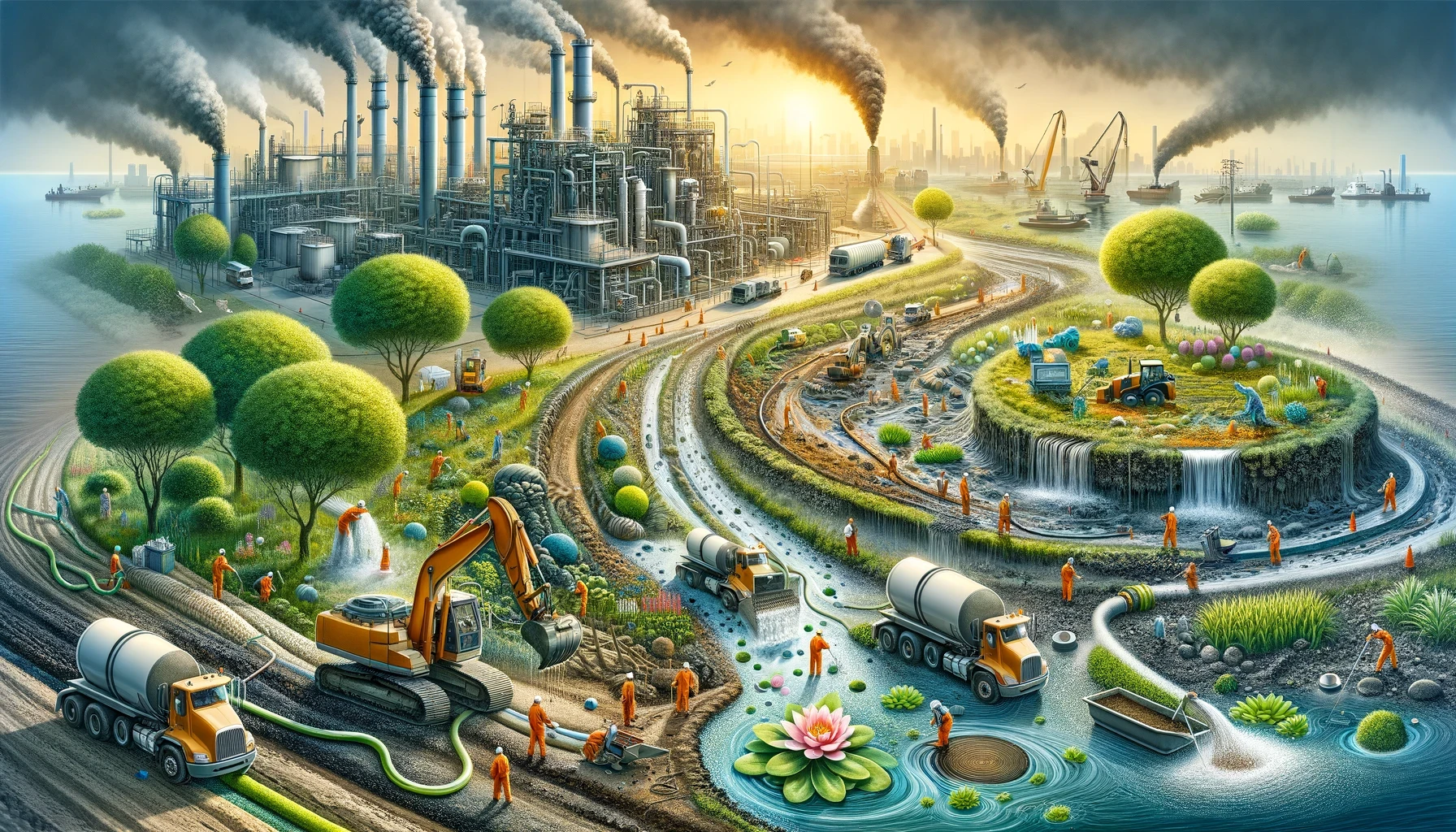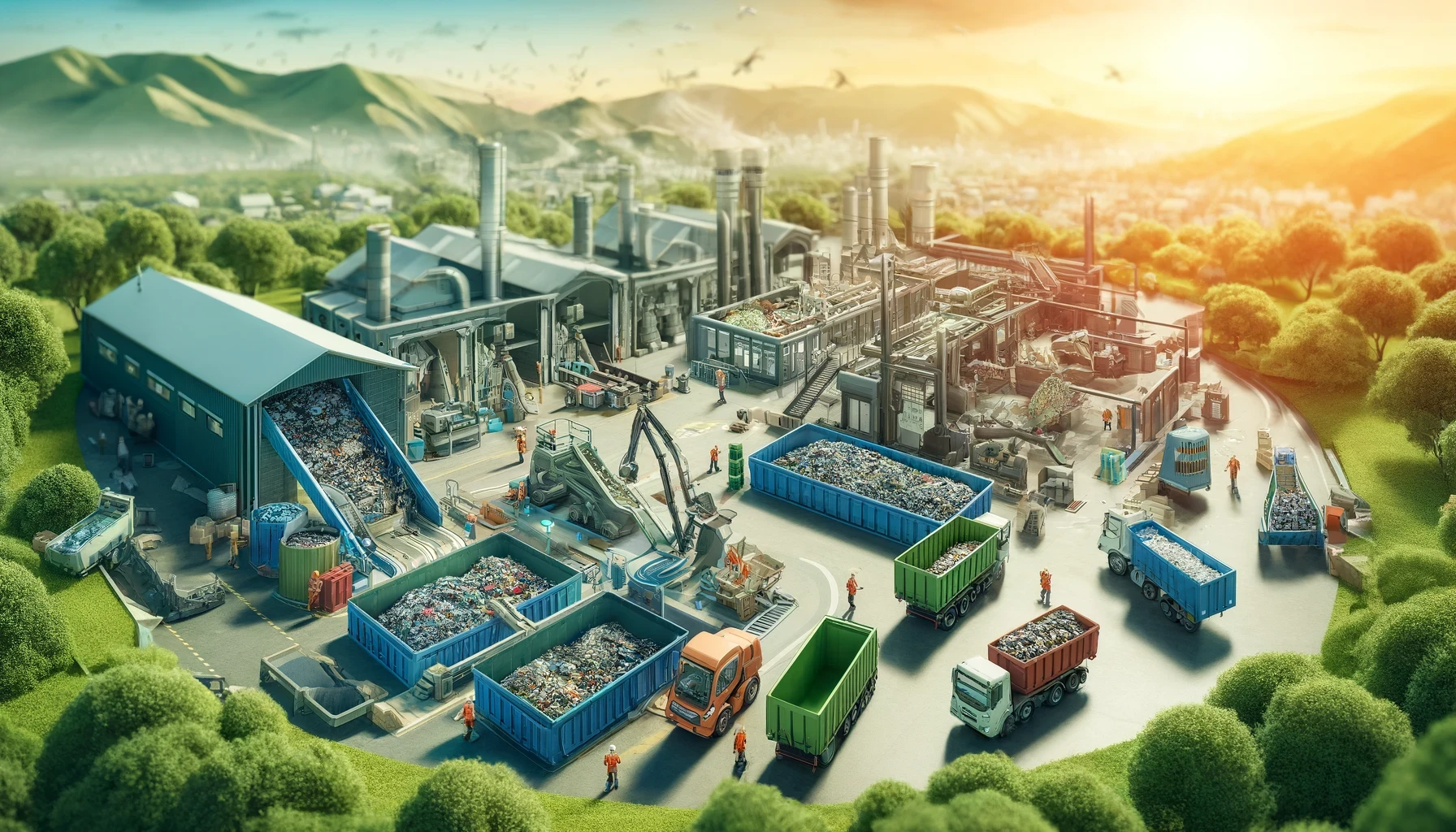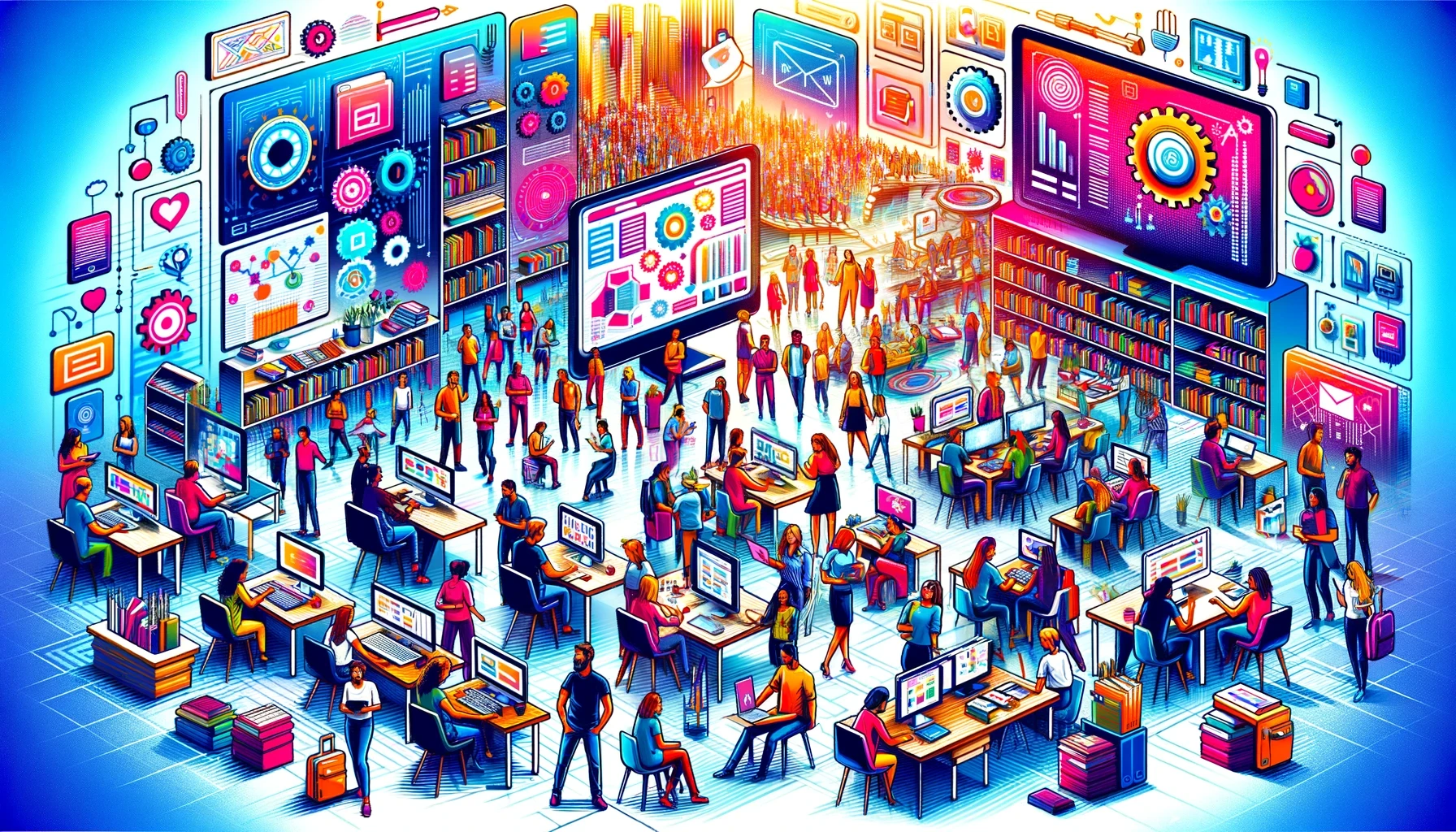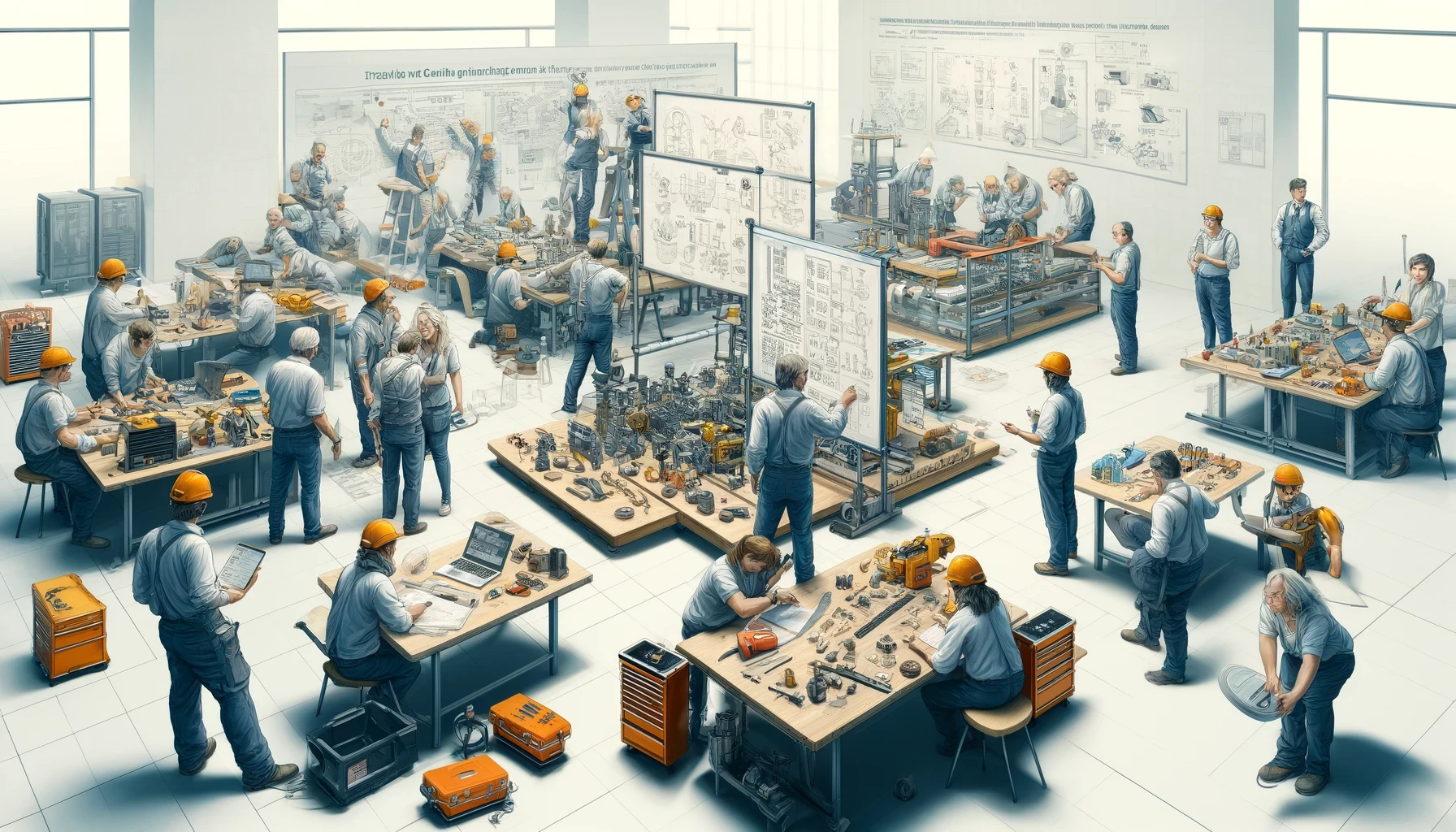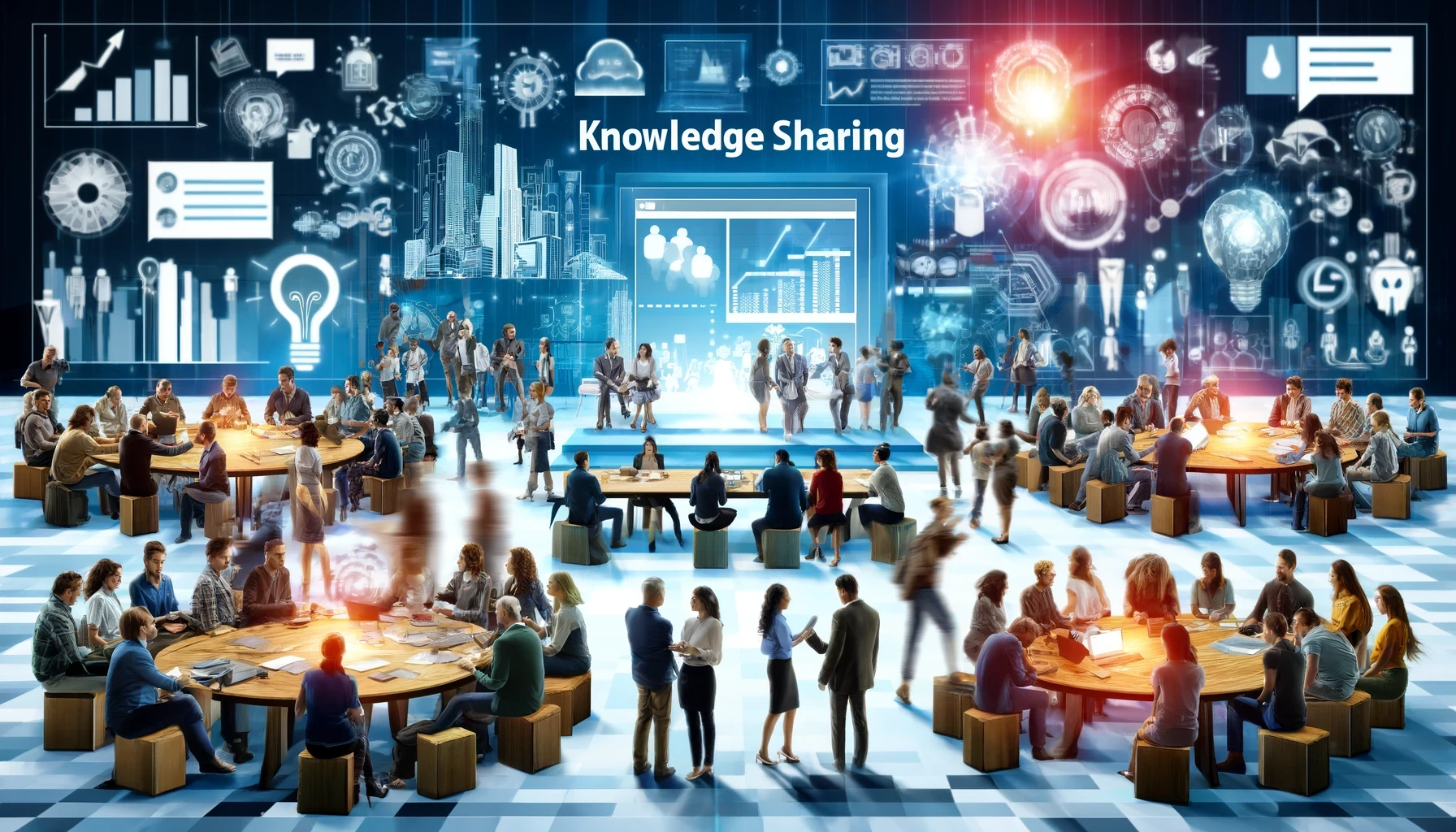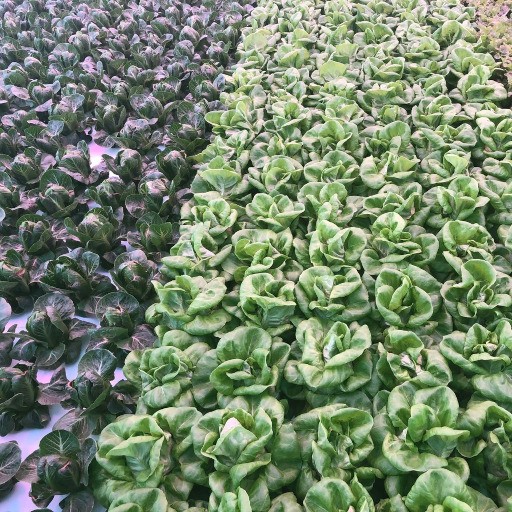Any Crop Anytime
Imagine a world where any crop can be grown at any time of the year. Our innovative agricultural techniques and advanced greenhouse technologies make this vision a reality. By controlling environmental factors like light, temperature, and humidity, we enable farmers to cultivate a wide variety of crops regardless of the season. This not only increases food production but also ensures a steady supply of fresh produce year-round.
Food Infrastructure
A robust food infrastructure is the backbone of a sustainable food system. We focus on developing efficient supply chains, modern storage facilities, and advanced transportation networks. By improving these critical components, we minimize food wastage, reduce costs, and ensure that fresh, nutritious food reaches every corner of the globe swiftly and safely. Our efforts help build a resilient infrastructure that supports farmers, distributors, and consumers alike.
Food Security
Ensuring food security means providing reliable access to sufficient, safe, and nutritious food for all people. Our commitment is to create sustainable farming practices and equitable food distribution systems that can withstand environmental and economic challenges. By partnering with local communities and global organizations, we strive to eliminate hunger and malnutrition, fostering a healthier and more prosperous world for everyone.
Biodiversity
Biodiversity is essential for a resilient and productive agricultural system. We champion the protection and cultivation of a wide range of plant and animal species. By preserving genetic diversity, we enhance ecosystems' resilience to pests, diseases, and climate change. Our initiatives support sustainable farming practices that protect natural habitats and promote a balanced, thriving environment for future generations.
Agritech
Agritech is revolutionizing the way we grow and manage food. By integrating cutting-edge technologies like precision farming, drone monitoring, and data analytics, we help farmers optimize their resources and maximize yields. Our focus on innovation drives efficiency, reduces environmental impact, and supports sustainable agriculture. With agritech, we are paving the way for a smarter, more resilient food production system that can meet the demands of a growing global population.
Energy All the Time
Imagine a world where energy is available whenever and wherever it's needed. Our innovative solutions ensure a consistent and reliable energy supply 24/7. By leveraging advanced storage technologies and smart grids, we eliminate downtime and provide uninterrupted power. This not only supports continuous industrial operations but also enhances the quality of life for individuals, ensuring that energy is always at your fingertips.
Energy Security
Energy security is about safeguarding a stable and sustainable energy supply for the future. We focus on diversifying energy sources, improving infrastructure, and fostering international cooperation. Our comprehensive strategies mitigate risks associated with supply disruptions and geopolitical tensions. By ensuring access to reliable and affordable energy, we contribute to national security and economic stability.
Renewable
Renewable energy is the cornerstone of a sustainable future. We are dedicated to harnessing the power of the sun, wind, water, and biomass to generate clean and green energy. Our projects aim to reduce reliance on fossil fuels, lower carbon emissions, and combat climate change. By investing in renewable energy, we are creating a healthier planet and a brighter future for generations to come.
Resilient
A resilient energy system is essential for withstanding and quickly recovering from disruptions. We design and implement robust energy solutions that can endure natural disasters, cyberattacks, and other unforeseen challenges. Our approach includes enhancing grid infrastructure, promoting decentralized energy systems, and developing adaptive technologies. With resilience at the core, we ensure that energy supply remains steady and reliable under any circumstances.
Cleantech
Cleantech represents the future of energy innovation. By integrating advanced technologies and sustainable practices, we drive efficiency and reduce environmental impact. Our cleantech initiatives focus on smart grids, energy-efficient appliances, and cutting-edge renewable energy solutions. By embracing cleantech, we are paving the way for a cleaner, more sustainable energy landscape that benefits both people and the planet.
Conservation
Water conservation is vital for sustaining our planet's most precious resource. We implement innovative techniques and technologies to reduce water waste and promote efficient usage. Our conservation strategies include drip irrigation, rainwater harvesting, and water-efficient appliances. By encouraging responsible water use, we ensure that this essential resource is preserved for future generations and resilient against the pressures of climate change.
Collection
Effective water collection methods are crucial for maximizing resource availability. We focus on capturing rainwater, surface runoff, and groundwater through advanced systems. Our solutions include rainwater harvesting tanks, aquifer recharge, and sustainable catchment management. By optimizing water collection, we help communities secure a reliable supply, reducing dependence on unpredictable weather patterns and supporting agricultural and domestic needs.
Purification
Ensuring access to clean, safe water is at the heart of our mission. We employ state-of-the-art purification technologies to remove contaminants and pathogens from water sources. Our methods range from traditional filtration and UV treatment to advanced reverse osmosis and nanotechnology. By providing high-quality purification solutions, we safeguard public health and enhance the quality of life for communities around the world.
Distribution
Efficient water distribution systems are essential for delivering clean water to where it's needed most. We design and implement advanced infrastructure, including pipelines, pumping stations, and smart water grids. Our focus on minimizing losses, optimizing flow, and ensuring equitable access helps communities receive a steady supply of clean water. With robust distribution networks, we support sustainable development and improve living conditions globally.
Renewable
Transforming waste into renewable resources is at the core of our sustainable approach. We focus on converting organic waste into bioenergy, such as biogas and biofuels. By harnessing the potential of waste, we reduce reliance on fossil fuels and contribute to a cleaner, more sustainable energy future. Our renewable waste solutions help mitigate climate change and promote a circular economy.
Upcycle
Upcycling breathes new life into discarded materials, turning waste into valuable products. Our upcycling initiatives transform everything from plastic bottles to old textiles into innovative and functional items. By creatively reusing materials, we reduce waste, conserve resources, and inspire sustainable practices. Upcycling not only minimizes environmental impact but also fosters creativity and innovation in product design.
Remediation
Environmental remediation is essential for restoring contaminated sites and protecting ecosystems. We deploy advanced techniques to clean up pollutants from soil, water, and air. Our methods include bioremediation, phytoremediation, and chemical treatments. By addressing contamination, we reclaim valuable land, safeguard public health, and ensure that natural habitats can thrive once again.
Recovery
Waste recovery involves extracting valuable materials and energy from waste streams. We specialize in processes such as recycling, composting, and energy recovery from waste. By efficiently recovering resources, we reduce the volume of waste sent to landfills, lower greenhouse gas emissions, and support sustainable development. Our recovery efforts contribute to a circular economy, where waste is minimized, and resources are continually reused.
Learning
Learning is the foundation of personal and professional growth. We provide a wide range of educational resources and opportunities to help individuals expand their knowledge and skills. Our learning programs include online courses, workshops, and seminars, covering diverse topics and industries. By fostering a culture of continuous learning, we empower individuals to stay ahead in an ever-evolving world and achieve their full potential.
Training
Effective training programs are essential for developing practical skills and expertise. We offer tailored training solutions designed to meet the specific needs of organizations and individuals. Our hands-on training sessions, led by industry experts, focus on real-world applications and best practices. By investing in comprehensive training, we help build a competent and confident workforce ready to tackle any challenge.
Certification
Certification is a testament to an individual’s knowledge and proficiency in a particular field. We provide recognized certification programs that validate skills and enhance professional credibility. Our certifications cover various disciplines, ensuring that learners gain the credentials needed to advance their careers. With our rigorous certification process, individuals can demonstrate their expertise and stand out in a competitive job market.
Sharing
Knowledge sharing is vital for fostering innovation and collaboration. We create platforms and opportunities for individuals to exchange ideas, insights, and experiences. Through forums, networking events, and collaborative projects, we encourage the dissemination of knowledge and the development of new solutions. By promoting a culture of sharing, we build a community where everyone can learn from each other and grow together.
